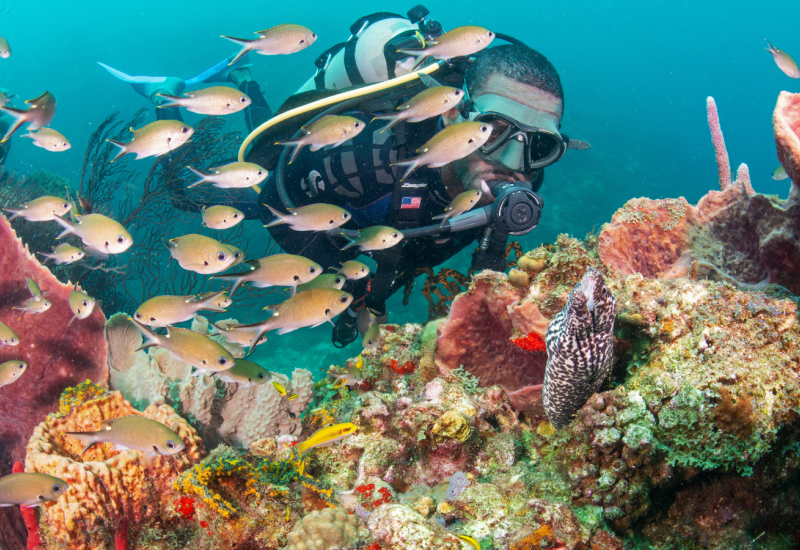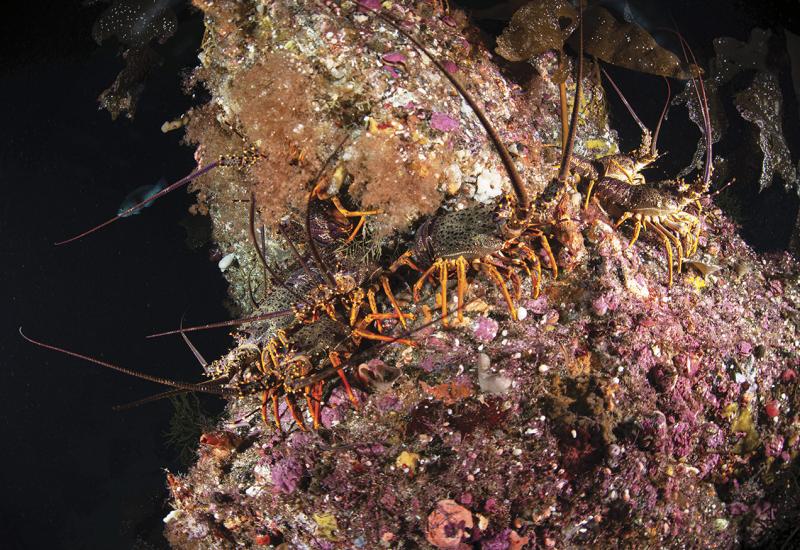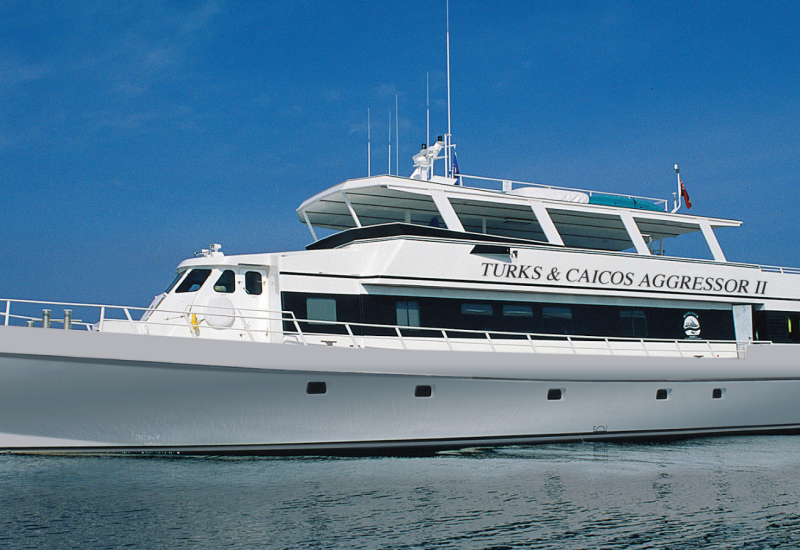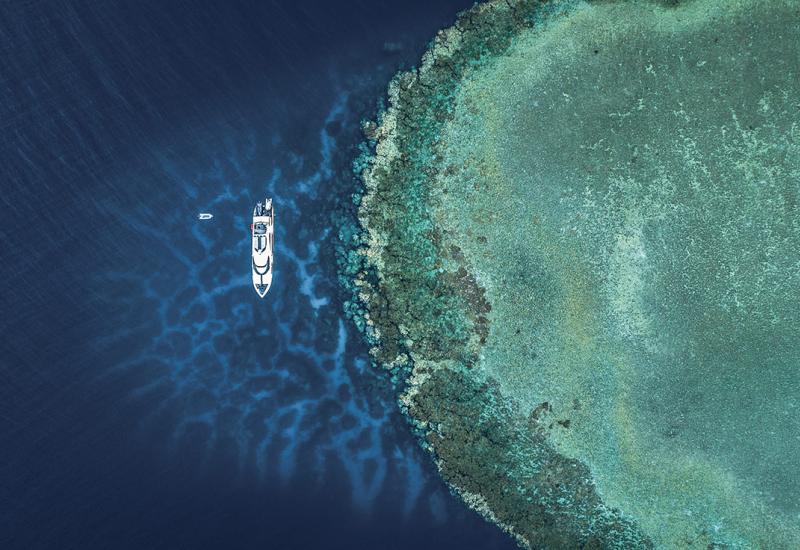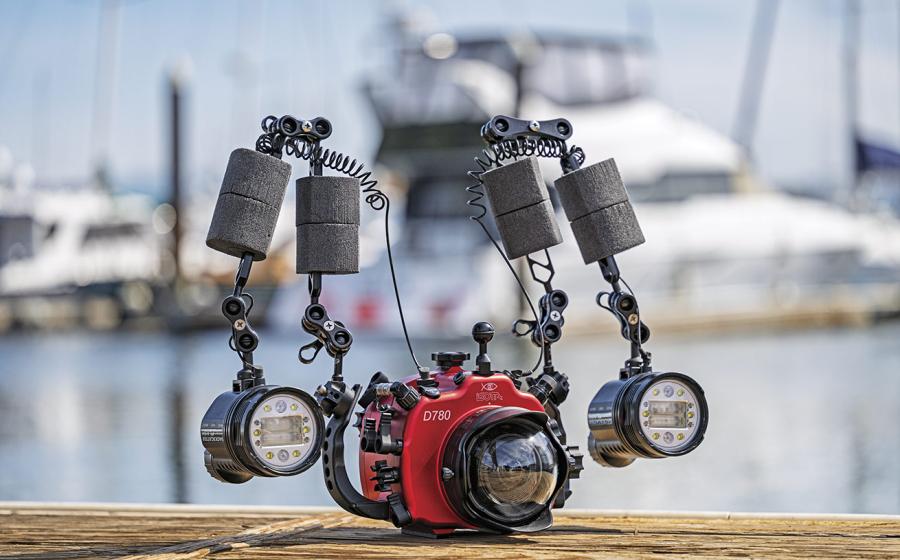Panama

Best Shore Dives ShutterstockNo. 31 Blue Heron Bridge, Riviera Beach, Florida
Panama's most visited attraction is the Panama Canal, but anyone who thinks the Big Dig is all there is to life in this jewel of a country is seriously missing out. Though it's barely the size of South Carolina, Panama offers miles of coastline along two oceans, forest-draped highlands, spectacular islands and the dense and mysterious Darien Gap. Divers have a wealth of options, and often head for the healthy coral reefs that line the Atlantic coast. The Pacific coast, on the other hand, offers many opportunities for big animal encounters, especially in the waters around Coiba and the Pearl Islands (the archipelago now well known for its starring role on Survivor).
Due to its privileged geographic location at the crossroads of two continents and two oceans, Panama has extraordinary biodiversity, both under water and above. Since the isthmus is just 50 miles across at its narrowest point, divers have the unique opportunity of diving both the Pacific and the Atlantic in a single trip; ambitious divers can hit both bodies of water in a single day. One of the highlights of Pacific coast diving is Coiba, a former penal colony that, at 200 square miles, is Panama's largest island. The best diving here is around a series of rocky pinnacles, some of which break the surface while others come to only within 100 feet of it. Because different Pacific currents converge near Coiba, marine life ranges from jacks, snappers and turtles--all fairly sure things--to less reliable but more heart-pounding sightings: humpback whales, hammerhead sharks, and, in winter months, the occasional whale shark.
The Atlantic coast has several distinct dive destinations, with two of the best being Bocas del Toro and Portobelo. An archipelago off the country's northwest coast, Bocas del Toro offers pristine conditions that rermain well protected by the country's national park system. Several dive shops operate out of Bocas's relaxed little town, bringing divers to fish-filled coral gardens, caves and rock formations, all within an hour's boat ride of shore. And the charming town of Portobelo, just two hours from Panama City, is the gateway to lush coral reefs teeming with colorful tropicals and historic shipwrecks.
Panama is so small that much of its topside beauty can be seen in one- or two-day excursions out of Panama City. Not to be missed are the San Blas Islands, a sparkling string of white-sand, palm-fringed islands that are home to the Kuna Indians. Drive an hour or two east from the capital to Lake Bayano, where partially flooded limestone caves invite exploration. Elsewhere, climbers can ascend Panama's highest mountain, the 11,440-foot Volcan Baru, rafters can get their adrenaline pumping on the Chiriqui River, and bird-watchers will be in luck everywhere they go. If you've only got a day or two in Panama City itself, be sure to visit the colonial quarter, Casco Viejo, a maze of cobblestone streets, flickering streetlamps and exquisite architecture, much of which is currently being restored.
Weather: Air temps average in the low 80s. The rainy season is from May to November.
Average Water Temp: Tropical water temperatures--in the low to mid-80s--make it possible to dive year-round off Panama's Caribbean coast, though June through December are generally the best months for diving. Diving off Panama's Pacific coast offers surface water temperatures in the low 80s, but temps dip to the mid-70s at depth.
Average Visibility: Water visibility varies, from 50 to 100 feet, depending on the site, weather and time of year. Diving off Panama's Pacific coast offers visibility that averages from 50 to 80 feet, depending on the season.
Travel Savvy: U.S. citizens need a valid passport, tourist visa and an onward ticket to enter the country.

